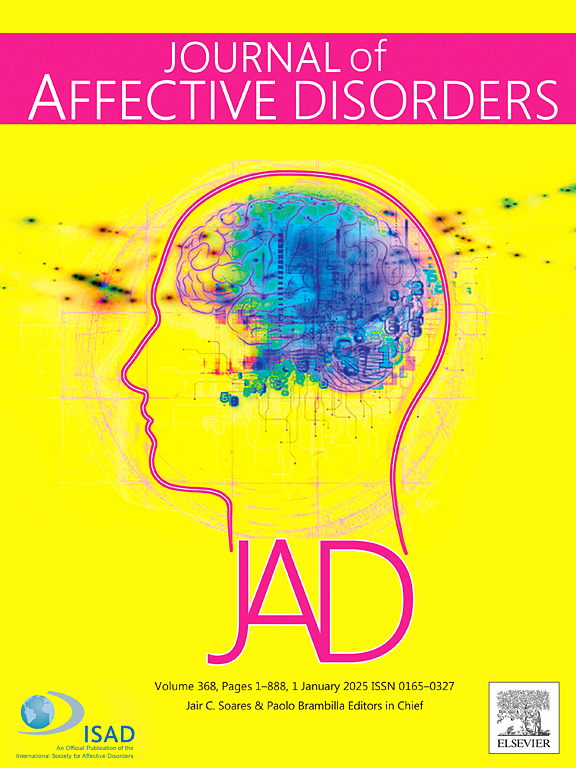Uncoupling serotonin (2C) and dopamine (D2) receptor heterodimers ameliorate PTSD-like behaviors
IF 4.9
2区 医学
Q1 CLINICAL NEUROLOGY
引用次数: 0
Abstract
Background
G-protein-coupled receptors (GPCRs), crucial for various physiological functions, can form complexes with themselves or other GPCRs, influencing their signaling and drug interactions. GPCR oligomerization remains an active area of research in neurological diseases, including Post-Traumatic Stress Disorder (PTSD). Here, we illuminated a novel serotonin and dopamine receptor heterodimerization that played an etiological role in fear conditioning behaviors associated with memory defects in the single prolonger stress (SPS) mice and reverting effects of receptors interaction interfering with peptide.
Methods
To assess our projected goal, we prepared a single prolonged stress (SPS) mice model followed by peptide treatment, behavior assays, and biochemical analysis.
Results
Our study revealed a direct interaction between dopamine D2 receptors (D2R) and serotonin 5-HT2C receptors (5-HT2CR) via the K226-L240 region in the brains of SPS mice. This D2R/5-HT2CR interaction modulated downstream PI3K-AKT signaling and contributed to cognitive deficits in a mouse model of SPS. An interfering peptide (TAT-D2R-KL) designed to disrupt D2R/5-HT2CR heterodimerization reduced the excitatory/inhibitory neuron firing frequency ratio, attenuated PI3K/AKT signaling impairment, and alleviated cognitive deficits in SPS mice. Furthermore, treatment with the PI3K inhibitor, Bisperoxovanadium Compound bpV (pic), reversed the effects of the peptide, confirming the critical role of PI3K/AKT signaling in D2R/5-HT2CR dimerization and the associated pathophysiology of SPS.
Conclusion
These findings revealed a causative role of D2R/5-HT2CR hetero-dimer in PTSD and could be reversed by TAT-D2R-KL treatment.

求助全文
约1分钟内获得全文
求助全文
来源期刊

Journal of affective disorders
医学-精神病学
CiteScore
10.90
自引率
6.10%
发文量
1319
审稿时长
9.3 weeks
期刊介绍:
The Journal of Affective Disorders publishes papers concerned with affective disorders in the widest sense: depression, mania, mood spectrum, emotions and personality, anxiety and stress. It is interdisciplinary and aims to bring together different approaches for a diverse readership. Top quality papers will be accepted dealing with any aspect of affective disorders, including neuroimaging, cognitive neurosciences, genetics, molecular biology, experimental and clinical neurosciences, pharmacology, neuroimmunoendocrinology, intervention and treatment trials.
 求助内容:
求助内容: 应助结果提醒方式:
应助结果提醒方式:


